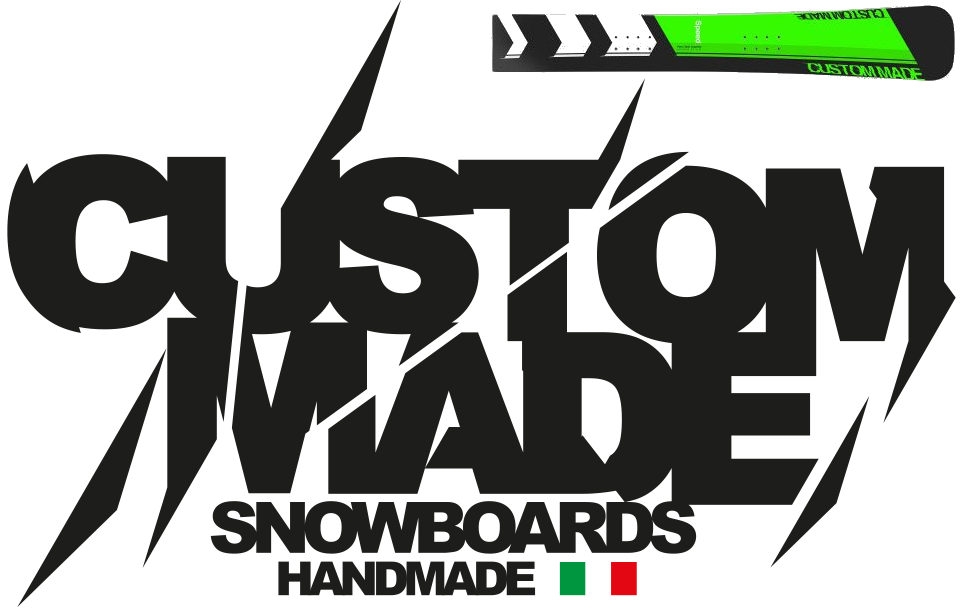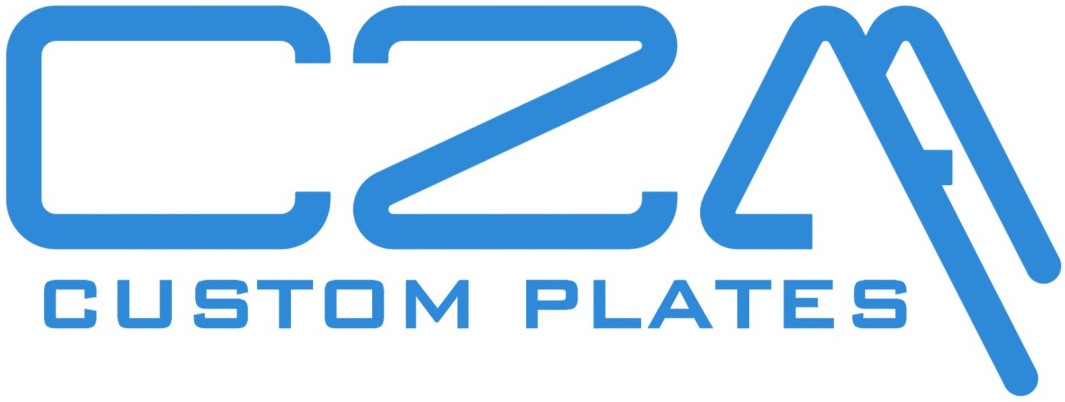My first review is going to be of the Bomber TD2′s with the regular bails, NOT the Intec version. These are the second generation of Bomber Industries famous trench-digger series. These bindings really stand out in a crowd (even more so than simply a hardbooter in the lift line). With their clean lines, fluid curves, and solid engineering it’s no wonder these binding have such a cult following.
I was really excited when I first saw a prototype of these binding years ago under the feet of a certain Casanova. It looked like some of the issues I had with the first generation TD’s were addressed and the binding looked like a big step forward. But at the time they were still in development and all I could get out of the person riding them was “yeah, they’re great! No you can’t try them, I have a race run to take and so do you” or something along those lines. Finally a year or two later they are available and I got my chance to ride them.
My first impression was mixed…. I really liked how they made the cant/lift adjustment so you can fine tune the amount of lift or cant you want. There are 3 different plates you can get a flat, a 3 degree, and a 6 degree. These plates can rotate around a center disk so you can play around with cant/lift combos, it’s not an infinite amount of adjustment like with some other bindings out there, but in my mind it’s easier to use and easier to find a reference point to work all your adjustments from. This cant/lift disk sits atop a rubber “e-ring” that is used for suspension and dampening. This is one of the strong features of the binding, in that you can get different durometer e-rings to further customize the ride. The binding mounts to the cant/lift disk and has a window that easily lets you see you angle adjustments. I have mixed feelings about this feature. On one hand you have infinite adjustability for you angles, no 3 degree increment garbage. But on the other hand since it is infinite it’s harder to know exactly what angles you are running and if you move bindings from board to board it’s hard to get them in the same spot, unless you take a marker and mark where the screws are in relation to the binding. If you aren’t looking straight down on the window you could be reading a false angle. But then again with other binding there is some play before you tighten down the screws so who knows if the angles you think you’re running are accurate. Like I said I’m very conflicted on this feature, and I know it’s very nit picky. I was surprised on the weight of the bindings for being nearly all metal these bindings aren’t super heavy, although I think it would be beneficial to loose some weight. The boot sole adjustment was also nice and user friendly. The old TD’s had a micro adjustment for the bails that was kind of a pain to get dialed in, to be completely honest I don’t know if the TD2′s have this same feature, because there was no need for my boot size.
Now that we are through the looks and some of the features of this binding, let’s get to the fun stuff….. Do they ride as well as they look??? The first time I made turns with this binding under my feet was with a set-up with flat front foot and a 6 degree rear set-up with mostly lift and a small amount of cant thrown in, trying to set them up a close to my current Burton binding that I’m comfortable on. I also had the purple e-ring which is supposed to be their medium stiffness. Upon clipping the toe clip to my front foot I noticed a small compatibility issue with the toe clip and my Burton boots. The toe clip ended right at my toe buckle making it hard to get out of the binding. Now I know why I see a lot of people who use this binding with a small piece of string tied to the toe bail to make it easier to get off. When I tried to use the adjustment screw to raise the toe clip, I could feel the screw pushing down on my toes and not pushing the toe clip up. So I just decided to deal with it. Not a big deal. It just makes the binding harder to get out of than other choices out there. Oh well, to the lift!!
It took a few runs to get used to the feeling of these bindings. They are stiffer than the set-up I’m currently used to, but not as ridged as the first TD’s. On good bump free snow they performed great with lots of power going from me to the board. Any movement I made went right to the edge, which is awesome when I nailed the transition, but made me pay if I didn’t. When the snow got bumpy was when these bindings started to show some flaws. All that energy that was going from me to the edge now was coming from the snow back to me and making my shins pay dearly. When my board started to bounce it seemed harder to get back under control because my feet and shins were bouncing around more than on my normal set-up. My first ride on the TD2′s left me feeling somewhat disappointed. I had really high (maybe too high) expectations for this binding and it fell a little short. (Please TD2 fans don’t stop reading here!!!!) The binding was very strong for digging deep trenches in groomed snow, but it fell short of expectations for a race binding. If it lost some weight, had a little more give to help smooth out the chatter you encounter in a race course and had a redesigned toe piece this binding would score much higher for me.
If given the opportunity I would ride these bindings again….. This opportunity actually came up at the ’05 Wasatch Trenchin’ Convention. Fin happened to show up with his demo fleet, and I jumped at the chance to ride his bindings again. This time around I had different e-rings to choose from. I choose a super soft yellow one (I was told it was softer than the current yellow one available and will be offered to the public soon.) I already forgot about the toe clip issue and went through the same process I did first time around and just went with it. Upon my first few turn I noticed a considerable difference from what I remembered them riding like. They were still super responsive, but this time they had more give when the board started to bounce around. When the snow was good I could put all my energy into the binding and it just took it and wanted more. The binding felt very good under my feet and provided nearly enough dampening to make me have thoughts of taking it through the race course. The binding flexed was very progressive. What I mean by this is that with some bindings that give ample dampening there is a noticeable point where they stop flexing and start transmitting energy. It’s like when you go from turn to turn you feel a little dead spot, with the TD2′s the spot isn’t as noticeable, yet the dampening is still there. I hope you could follow what I’m trying to say here, it’s a hard concept to write about, if you don’t understand what I’m trying to say just understand that I thought it was a good thing.
Overall my second impression was vastly different from my first impression, which is cool because it shows you can set this binding up to suit many different styles. These bindings are a huge step forward compared to the original TD’s, but I still think they can be improved upon. In my opinion the TD2′s would be even better if they were lighter and the toe clip adjuster worked without tweaking my boots. I would recommend these bindings for an upper intermediate through expert rider who spends most if not all of their time on groomers. This binding would also be good for someone who has been riding hard boots for years and is thinking about getting into racing, but doesn’t have a particular binding preference yet. This binding has enough adjustments that you could play around and eventually find a set-up that you enjoy, and by that time you’ll know exactly what you want. However I still wouldn’t recommend this binding for light weight riders, beginners, or people who aren’t very aggressive with their carving.





